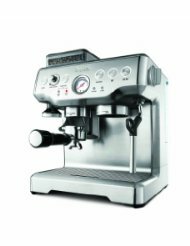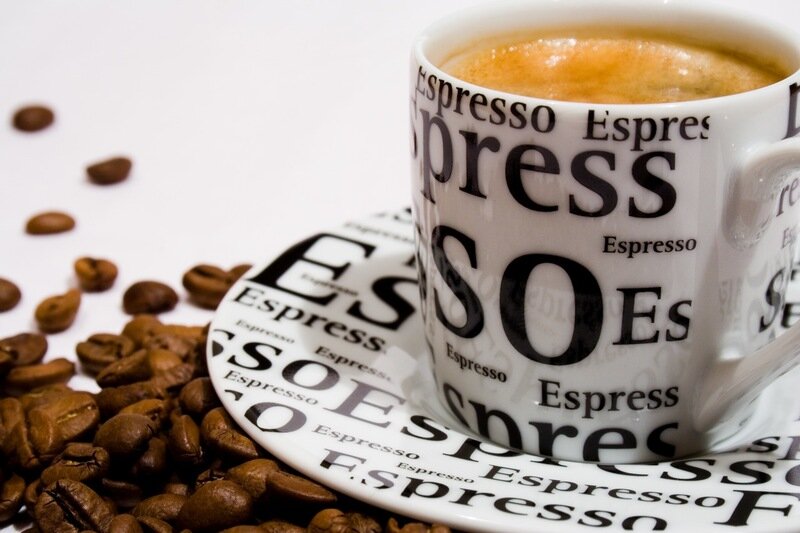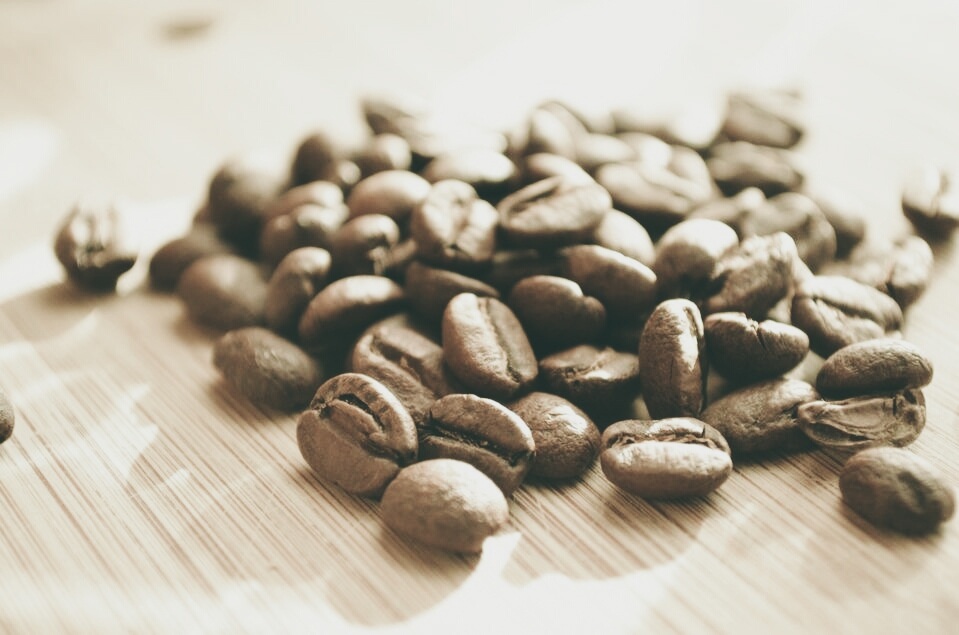How to make Good Espresso
[ad_1]
Espresso has become extremely popular in the Western world, and can be served alone or in a variety of combinations with milk or hot water. It is slightly thicker than brewed coffee, although a shot of espresso frequently has less caffeine than a standard cup of drip-brewed coffee. It is made by forcing very hot (almost boiling) water under high pressure through finely ground, compacted coffee, producing a cup of coffee which has very concentrated flavours and chemicals. An important feature is the crema (foam) produced by the pressure process.
 Espresso is often used as a base for other drinks, which is why it has become so popular. With a good espresso, you can also make a latte, cappuccino, macchiato, mocha or americano. Some people like to add flavouring syrups, whipped cream, various spices and flavour extracts to make their favourite brew. You also have the option to use low fat milk, or soy milk, to suit your dietary needs. Since counter top espresso machines have been developed, it is now really easy to make your own variation, and to impress your friends with your amazing barista skills!
Espresso is often used as a base for other drinks, which is why it has become so popular. With a good espresso, you can also make a latte, cappuccino, macchiato, mocha or americano. Some people like to add flavouring syrups, whipped cream, various spices and flavour extracts to make their favourite brew. You also have the option to use low fat milk, or soy milk, to suit your dietary needs. Since counter top espresso machines have been developed, it is now really easy to make your own variation, and to impress your friends with your amazing barista skills!
The big question, then: what goes into making a good espresso?
Pressure
You need to get a machine that gives at least 15 bars of pressure, in order to extract the maximum flavour from the beans. You also need to make sure that the coffee is properly tamped or compressed into the portafilter. The idea is to get a good compression (about 20 pounds of pressure), and to sufficiently slow the water progress, so that it has time to extract the maximum flavour. Over tamping the coffee will result in a lower quality brew, so either use a fully automated machine, or get some practice until you have the perfect touch.
Coffee beans and grind
Espresso refers to the process and method of brewing the beverage, and so you can really use any type of roast level, bean or blend. You may prefer a dark Italian roast, or the slightly bitter and very dark French roast, or you can choose lighter roasts with less robust flavours. The key is to get decent quality coffee, and to brew it freshly ground, so that flavour is not lost through evaporation of the essential oils.
The grind is very important. A finer ground results in a lower volume drink, but with slightly more intense flavour, while a coarser grind gives a bit more volume. Most grinders will be set for that standard grind, but as you experiment, you may find variations that suit your taste. It is better to use a conical burr grinder, because this produces an even grind, with all the particles having the smae size. A blade grinder produces a variety of particle sizes, and this varies with the time of the grind, so you always end up with a different brew.
Size of shot
You can produce a single, double or triple shot espresso, depending on the amount of coffee grind you process. A single shot is typically 30g (1 US fluid ounce) of brewed coffee, and is made using 7-8 grams of coffee grind. Most people prefer a double shot (doppio), and so most machines are designed with this in mind.
Temperature
One of the keys to a good espresso is the temperature. Most machines control this effectively, but then users often lose the benefit. It is important to brew your espresso into a warm cup, especially if you are brewing first into a demi-tasse (small shot glass or cup) for transfer into a larger vessel for a latte or cappuccino. Warm the cup by holding it under the hot water tap in your kitchen for a few seconds, then dry it off. You also need to make sure that your milk is heated and frothed to the right temperature, but is not boiled (this will really mess up your flavour!). This is why professional baristas use a thermometer in their work.
Clean water and a Clean Machine
As with any good coffee brew, these are important issues, about which you can read here.
Good espresso is a fantastic base for a wide variety of drink recipes, ranging from Affogato to Cafe Zorro. You can get all these recipes online, and you can experiment with your own!
